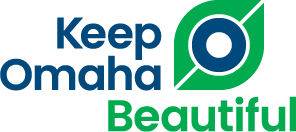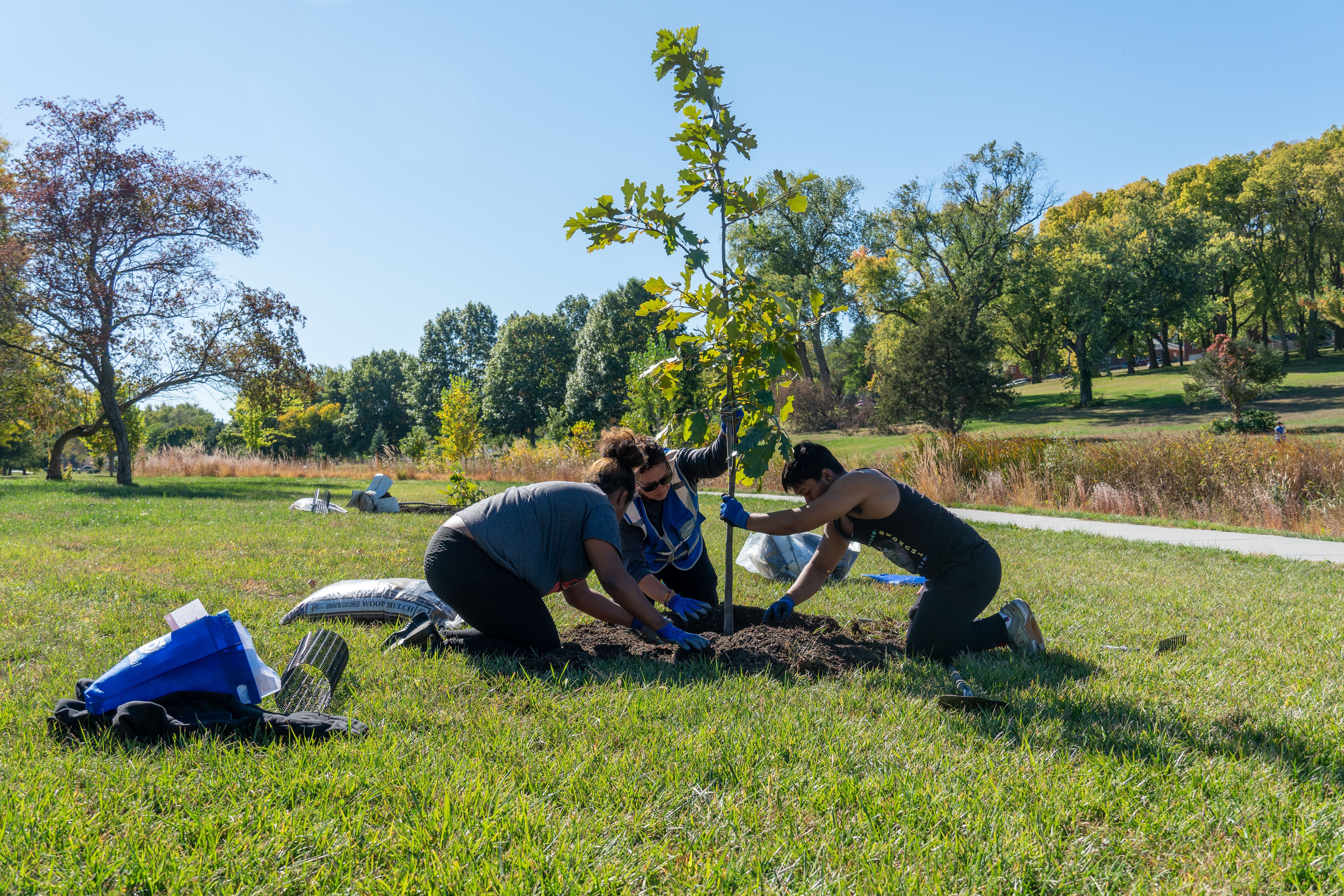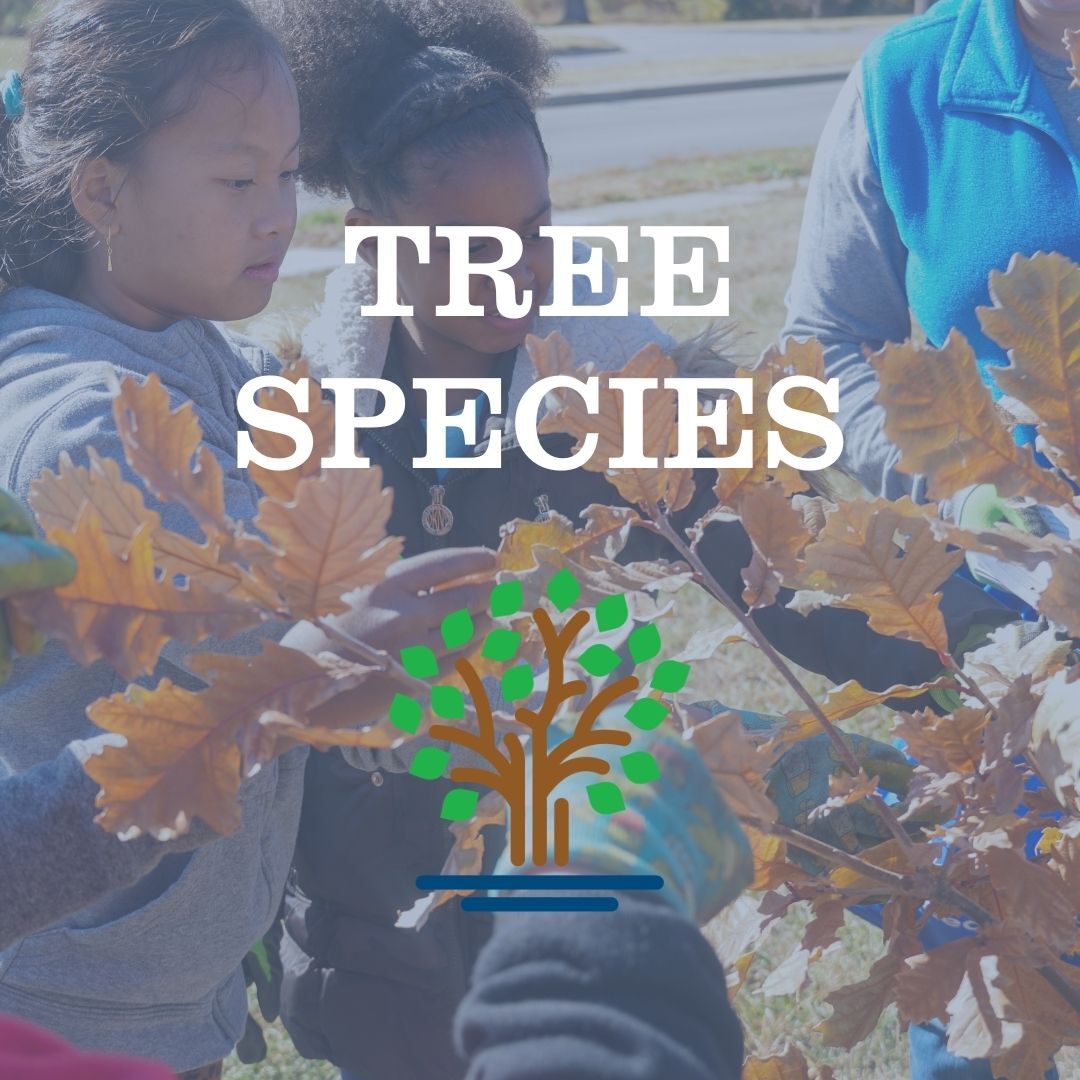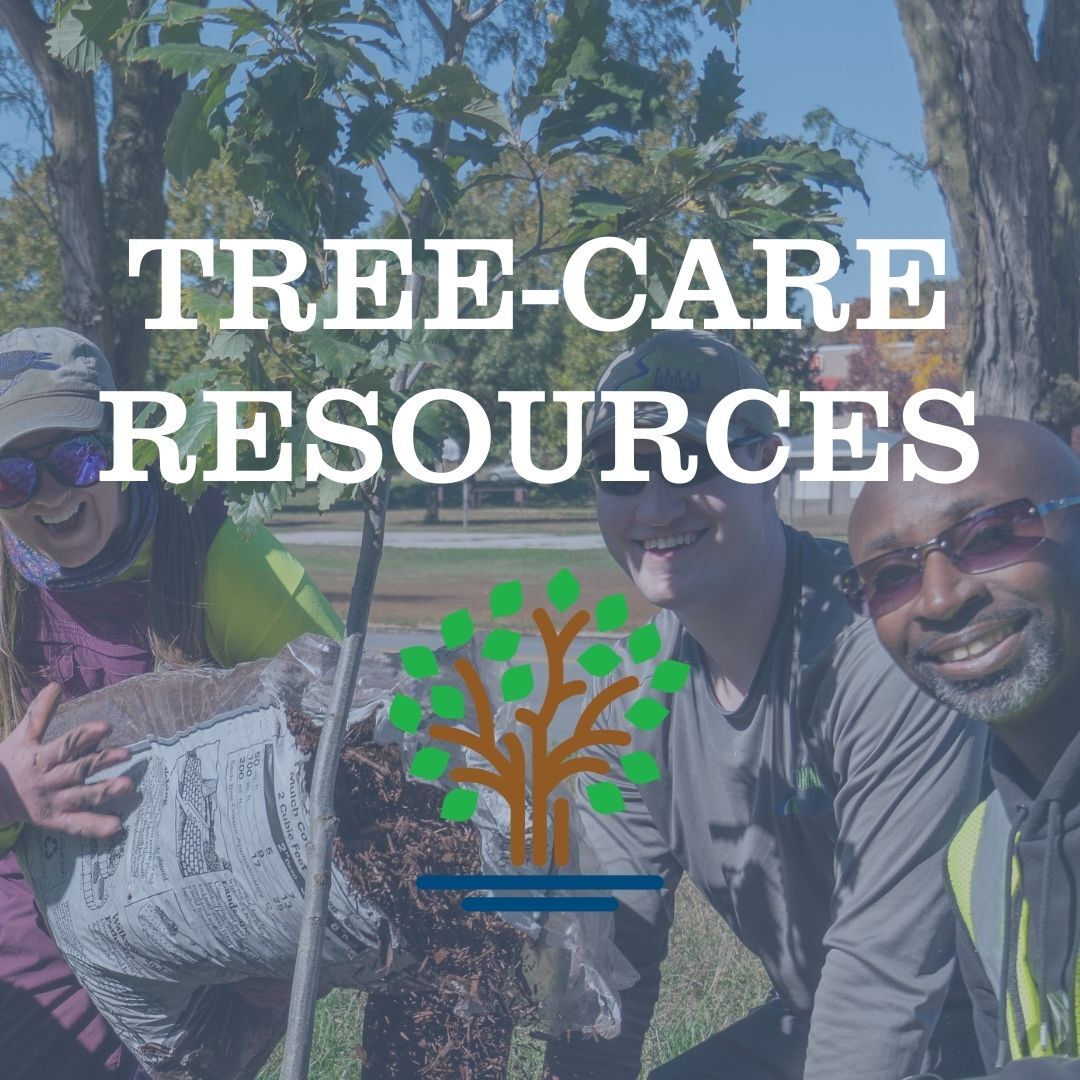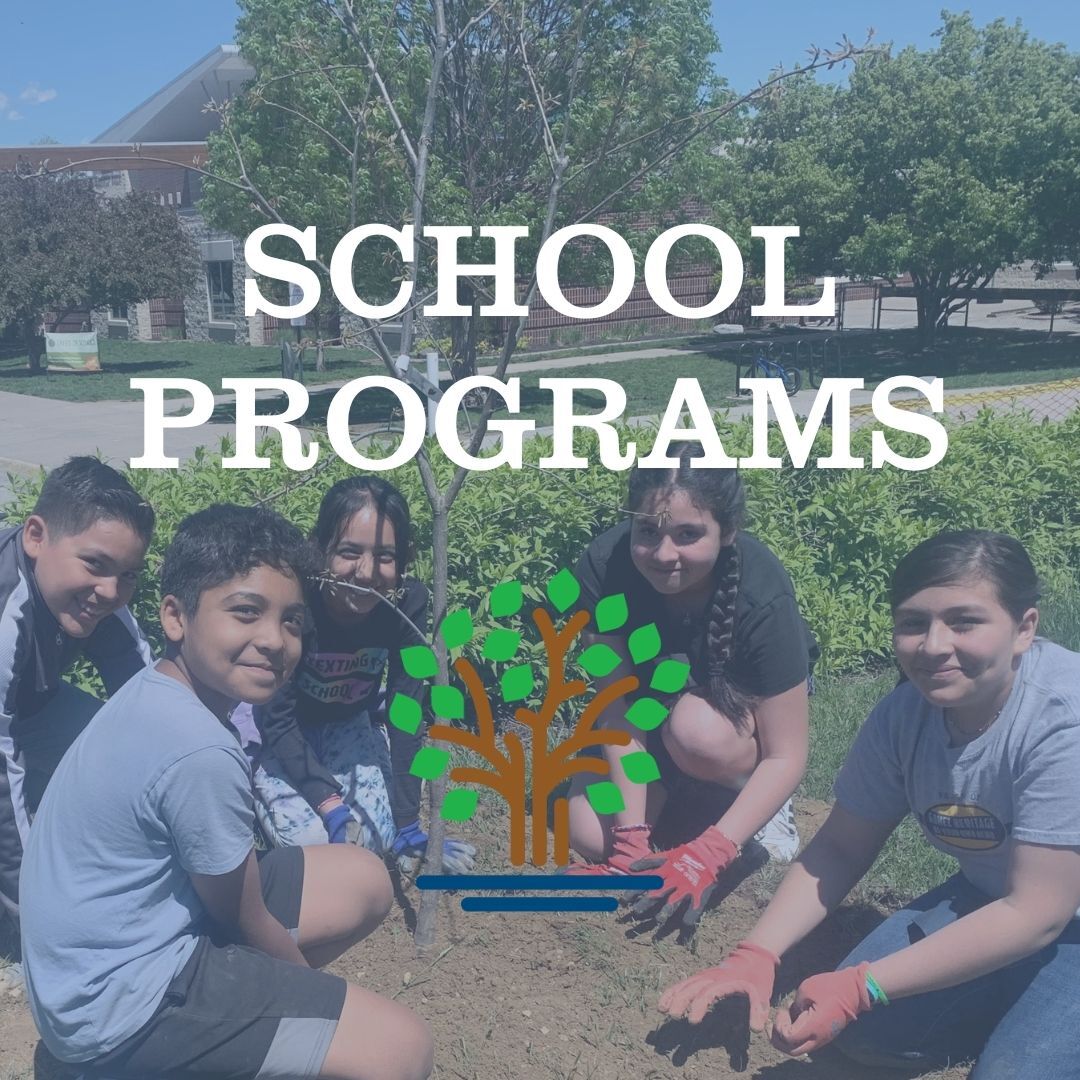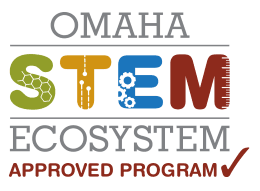Tree Canopy Improvement
Trees provide an amazing array of benefits to Omaha's urban ecosystem. Every year, Keep Omaha Beautiful (KOB) plants hundreds of new trees in public spaces via its tree canopy improvement initiatives. By adding a diverse stock of trees throughout Omaha, KOB’s efforts strengthen our tree canopy’s resilience to future pests and environmental changes.
.
About the Trees for Tomorrow Program
KOB's Trees for Tomorrow program was established in 2024 as a public-private partnership with the City of Omaha, community collaborators, and private funders. This initiative expands on the former 2018-2023 Trees for Omaha program, which was an effort to replace the loss of city ash trees due to the invasive Emerald Ash Borer beetle. The process and program design were informed by feedback from community listening sessions.
Trees for Tomorrow will continue to strengthen and enhance Omaha’s urban tree canopy by adding thousands of diverse tree species throughout Omaha parks and trails, and other public areas. This program will also engage the community through public tree plantings, conversations, and educational events,encouraging residents to learn about and interact with trees, an integral part of our urban ecosystem. Additionally, community resources and education are available to help residents plant, maintain, identify, or simply enjoy the benefits of trees.
PROGRAM PARTNERS
History & Planting Timeline
- Since 2018, Keep Omaha Beautiful and its tree canopy improvement partners have planted more than 4,500 diverse trees throughout 125+ public spaces.
- In 2023, KOB’s inaugural Trees for Omaha program concluded after five successful years of replacing thousands of City of Omaha ash trees affected by the invasive Emerald Ash Borer Beetle.
- In 2024, Trees for Tomorrow was launched to expand on previous, public tree-planting efforts.
Omaha Planting Locations
LEARN MORE
Why Plant Trees?
Trees clean our air and water, improve public health, and enhance our city. They support Omaha’s urban ecosystem in many ways:
- Reduce urban heat-island effects
- Help with stormwater management and filter out pollutants
- Reduce noise pollution by acting as a sound barrier along roads
- Mitigate greenhouse gas emissions and pollution from car exhaust
- Remove carbon dioxide from the atmosphere through sequestration
- Provide socioeconomic benefits, such as improved community image and increased property values
- Create food and habitat for wildlife
- Improve our overall health and sense of wellbeing
